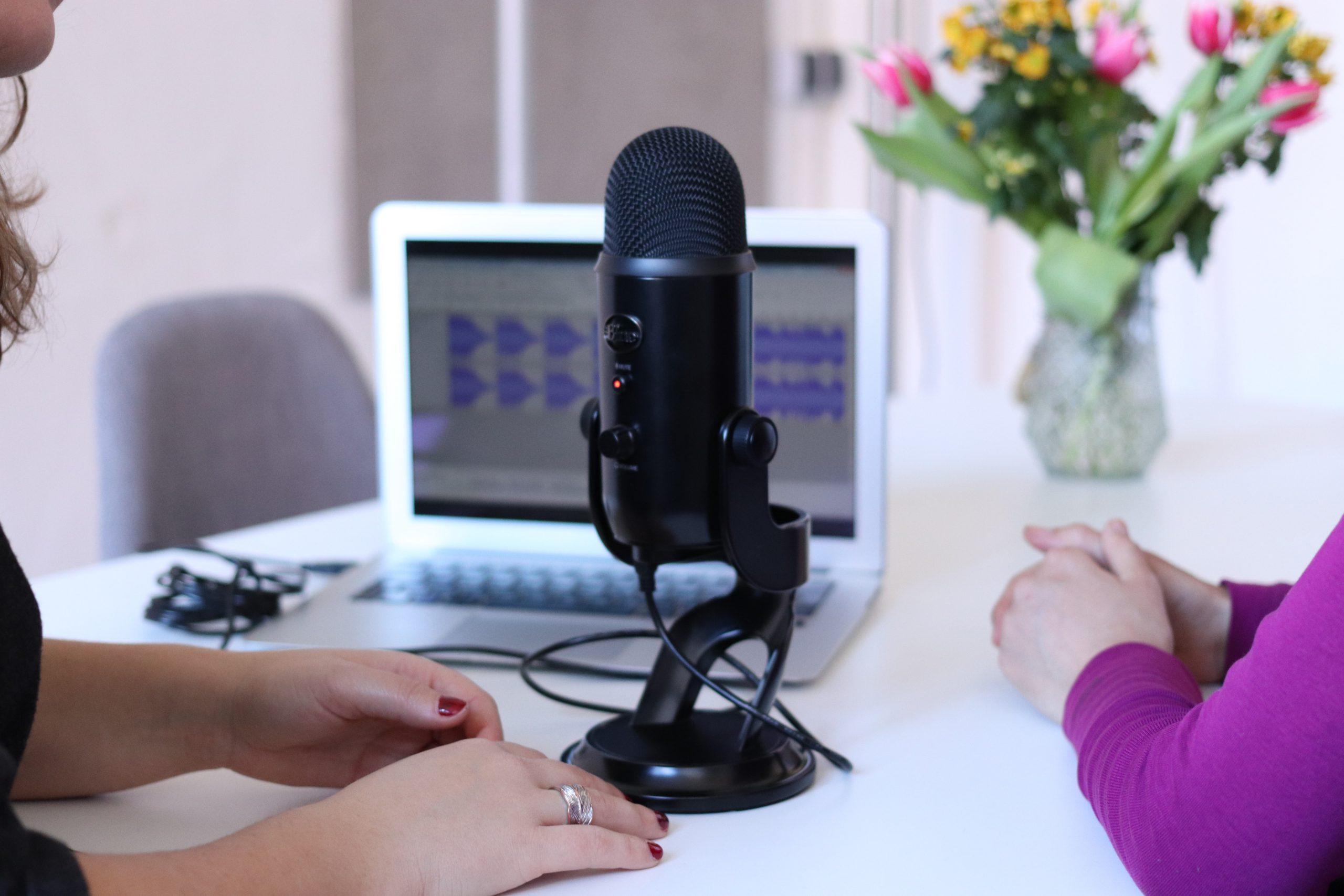You may hear it often these days. Your franchise voice is everything online. It helps people connect with your brand, engage with you and (hopefully) come to trust you. As Amazon CEO Jeff Bezos once said, “Your brand is what people say about you when … Continue reading “8 steps for finding your franchise voice”
Get heard: 9 tips for starting your first podcast
To diversify your audience reach, starting a podcast could be the right move for your brand. About 75 percent of Americans are familiar with the term “podcasting” (up from 70 percent in 2019), while about 50 percent of all American homes are podcast fans, according … Continue reading “Get heard: 9 tips for starting your first podcast”
Find your voice: 8 tips for reflecting your brand’s personality
You may hear it often these days. Your “brand voice” is everything online. It helps people connect with you, engage with you and (hopefully) come to trust you. As Amazon CEO Jeff Bezos once said, “Your brand is what people say about you when you’re … Continue reading “Find your voice: 8 tips for reflecting your brand’s personality”
Want to receive more great content like this for free?
Subscribe to our newsletter to get best practices, recommendations, and tips for digital marketers



